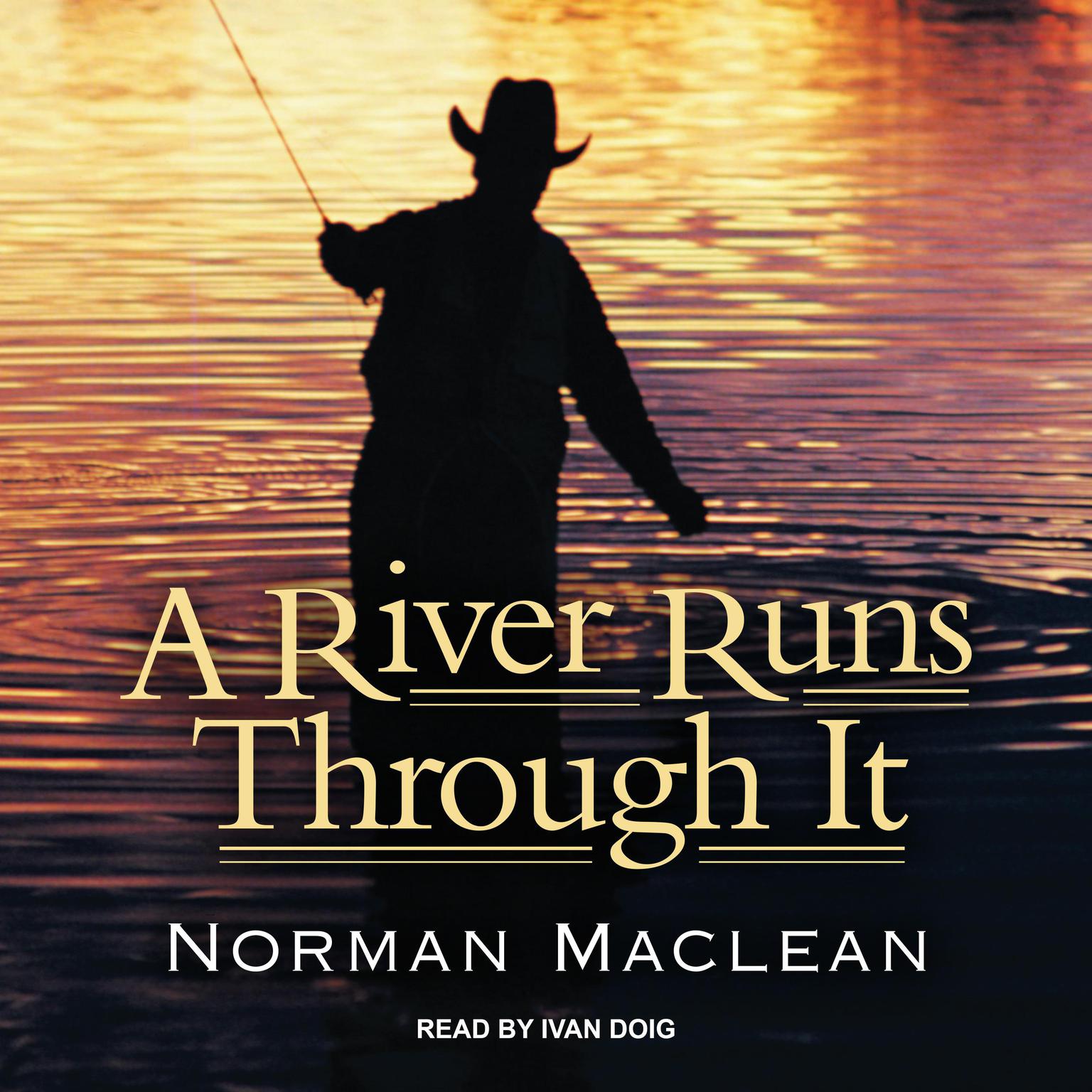

China and the former Soviet Union have literally killed millions in man-made floods. While America's water woes are certainly serious (at least in the west), the most tragic regions of the world are, predictably, the places where government policy is completely disconnected from local resource management, or where politics and war mix violently with water rights. India and China and their respective mistreatment of the Ganges, the Indus, the Yellow and the Yangtze rivers are all covered, as is the madness that is Los Angeles and Las Vegas, currently draining the Colorado River dry and casting thirsty eyes thousands of miles north to the Great Lakes. As many of the farmers Fred Pierce interviews point out: "If everyone stopped using the water, that would be great, but if only we do, it won't make a difference, except that our family will starve." When the Rivers Run Dry is a bit of travel journalism that covers nearly every continent.

It is the Tragedy of the Commons on a regional scale. Everyone knows that wells used to hit water at 200 feet and now have to go 1500 feet or more, but this doesn't stop everyone from trying to get the last drop. Much like oil, once you tap them dry, they're gone (and they also destabilize the surrounding earth, leading to erosion and possibly even earthquakes), and farmers and cities around the world, from the American west to India, are tapping them at an alarming rate. These are the underground reservoirs of water which, unlike rivers, are non-renewable. But that's after chapter after chapter detailing such disasters as the Aral Sea, which the Soviets basically destroyed and which the current government is continuing to destroy, and the Salton Sea in California, created by a mistake and now allowed to become a festering, drying blister in the Sonora desert, and the Dead Sea, which is receding visibly every year.

Oh, the author ends with an optimistic chapter, as all these books do, detailing bold and forward-thinking news plans from economists and water engineers and politicians and scientists around the world - all the ways in which we could save the water tables, grow crops more efficiently with more "crop per drop," irrigate more cheaply, supply urban populations more sustainably, etc. This is another one of those depressing books that catalogs in grim detail just how badly humans are destroying the environment, on a cataclysmic scale, how greed, desperation, and short-sightedness have destroyed entire ecosystems, devastated nations, and displaced millions, and how even though we have the scientific and technological know-how to do better, we're not going to, because short-term thinking always wins. Pearce argues that the solution to the growing worldwide water shortage is not more and bigger dams, but a greater efficiency and a new water ethic based on managing the water cycle for maximum social benefit rather than narrow self-interest. The situation is dire, but not without remedy. He reveals the most daunting water issues we face today, among them the threat of flooding in China's Yellow River, where rising silt levels will prevent dikes from containing floodwaters the impoverishment of Pakistan's Sindh, a once-fertile farming valley now destroyed by the 15 million tons of salt that the much-depleted Indus deposits annually on the land but cannot remove the disappearing Colorado River, whose reservoirs were once the lifeblood of seven states but which could easily dry as overuse continues and the poisoned springs of Palestine and the Jordan River, where Israeli control of the water supply has only fed conflict between Israelis and Palestinians. Pearce deftly weaves together the complicated scientific, economic, and historic dimensions of the water crisis, showing us its complex origins - from waste to wrong-headed engineering projects to high-yield crop varieties that have saved developing countries from starvation but are now emptying their water reserves. Pearce traveled to more than 30 countries examining the current state of crucial water sources like the Indus River in Pakistan, the Colorado River in the U.S., and the Yellow and Yangtze rivers in China. In this groundbreaking book, veteran science correspondent Fred Pearce focuses on the dire state of the world's rivers to provide our most complete portrait yet of the growing world water crisis and its ramifications for us all. Throughout history, rivers have been our foremost source of fresh water both for agriculture and for individual consumption, but now economists say that by 2025 water scarcity will cut global food production by more than the current U.S.


 0 kommentar(er)
0 kommentar(er)
